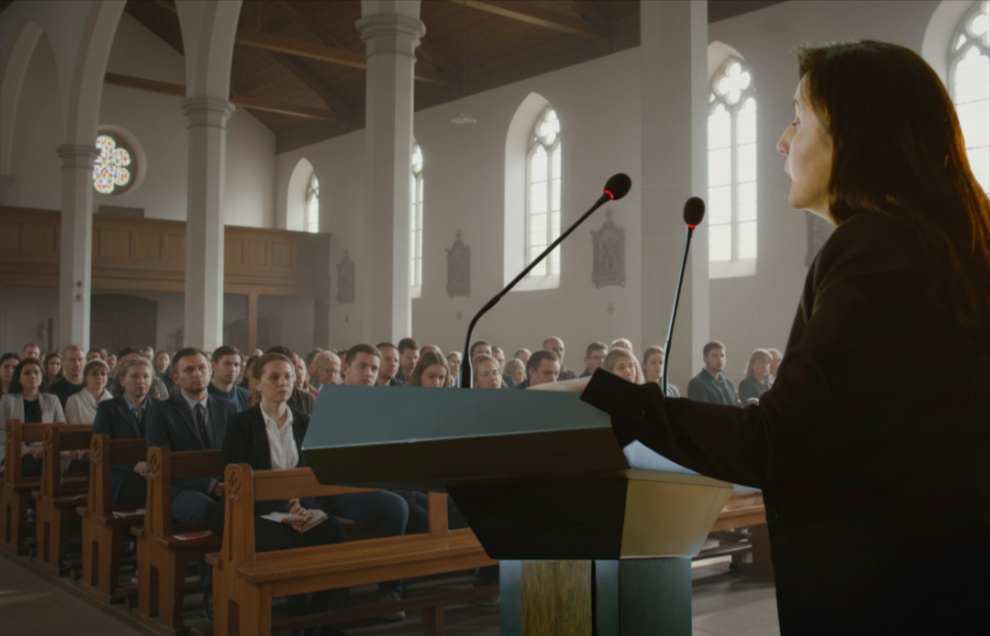How to Plan Ahead for Your End-of-Life and Final Wishes

Why Advance Planning Matters
Planning ahead for end-of-life arrangements is a profound act of love that spares families from overwhelming decisions during grief. Without guidance, relatives face choices about burial, cremation, and service details under intense emotional pressure. Documenting preferences eliminates uncertainty and prevents family conflict, ensuring wishes are honored.
Financial and Legal Preparation
Pre-planning offers significant financial benefits by locking in current prices and avoiding emotional overspending. Options include funeral trusts, pre-need insurance, and payable-on-death accounts, which secure funds and may protect Medicaid eligibility. Legal tools such as wills, advance healthcare directives, and letters of instruction provide clarity, while organizing essential documents-bank accounts, insurance policies, and cemetery deeds-simplifies administration.
Personalization and Service Choices
Individuals can choose from traditional funerals, memorial services, celebrations of life, or eco-friendly burials. Decisions about burial versus cremation should reflect personal values, religious beliefs, and environmental concerns. Planning ceremony details-music, readings, flowers, and venues-ensures meaningful tributes. Veterans should document eligibility for benefits like burial allowances and military honors.
Communication and Updating Plans
Sharing plans with family is critical. Discuss preferences openly, provide document locations, and review arrangements every few years or after major life changes. Ultimately, advance planning transforms a stressful responsibility into a thoughtful gift, allowing loved ones to focus on remembrance and healing.
Read the full 19-page article. FREE Download for your convenience.
Click the button below.




